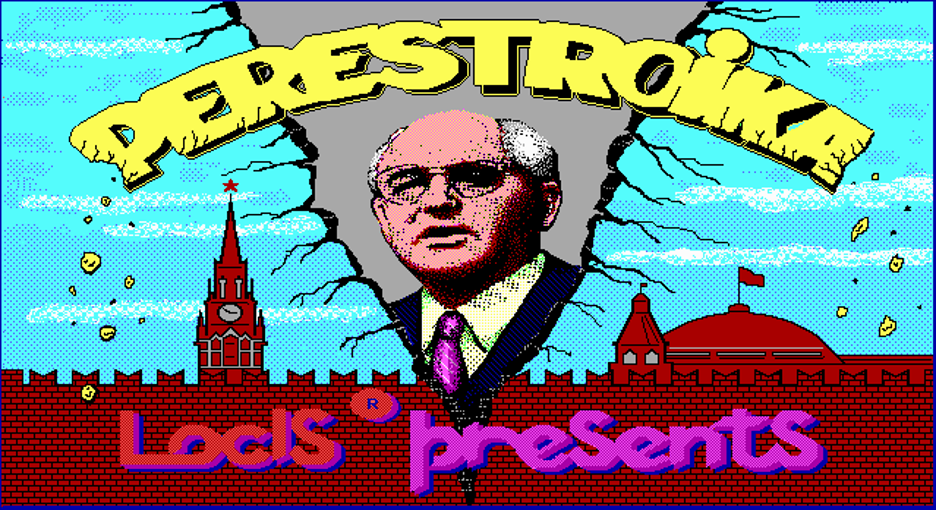Nikita Skripkin and Locis Studio's "Perestroika" video game (1990-1998)
Perestroika, the puzzle game based on the eponymous series of late-Soviet political reforms, heralded a new, weird age in Russian gaming in its inexplicable attempt to represent the ongoing political turmoil via the reductive means of traversing colorful islands to prosperity.
Kommersant” video game by Vladimir Kharchenko and Rada Ltd, 1991
This Ukrainian video game attempted to represent the rough transition to capitalism via a detailed, simulationist interface.
The Raspberry Blazer
The origins and significance of the raspberry blazer as an iconic element of the “New-Russian” wardrobe in the early 1990s.
Urlait Music Journal (Samizdat) 1985-1992 (Draft)
Moscow's samizdat music journal, which followed in the footsteps of Lenigrad's Roksi while forging a new journalistic style. The journal positioned itself to in many ways reject the Leningrad scene. Despite Moscow-based bands generally leaning towards a more avant-garde, art-rock aesthetic, Urlait made a point to promote so-called "national rock." According to Urlait's founder I. Smirnov, bands like DDT, DK, and Oblachnyi Krai (Yuri Loza) were said to be "oriented towards national problems, in opposition to estrada and the confluence of Western and domestic cultural traditions."
View Artifact
Kontr Kult Ur'a Music Journal (Samizdat) 1989-1991 (Draft)
Kontr Kult Ur'a was envisioned as an ideological reincarnation of Urlait, which was deemed by the new editorial board as "cult-like" and "radically positioned." The journal also was one of the first samizdat rock zines in Moscow and Leningrad to prominently feature and promote Siberian punk rock, including Egor Letov, Civil Defence, and Yanka.
View Artifact





